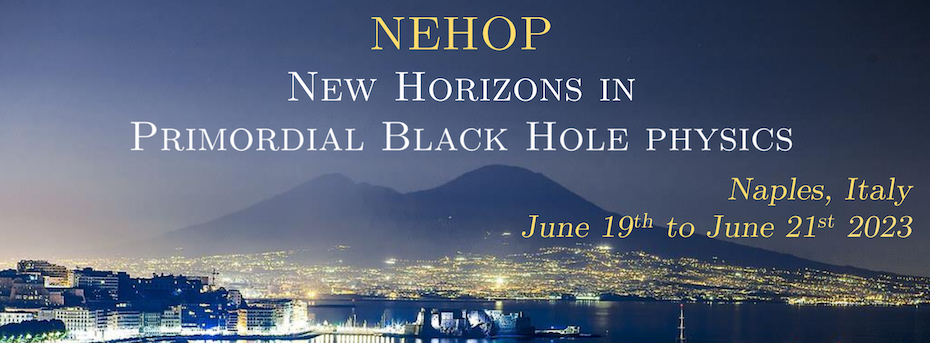Speaker
Description
The Standard Model, extended with three right-handed (RH) neutrinos, is the simplest model that can explain light neutrino masses, the baryon asymmetry of the Universe, and dark matter (DM). Models in which RH neutrinos are light are generally easier to test in experiments. In this work, we show that even if the RH neutrinos are super-heavy (Mi=1,2,3 > 10^9 GeV)—close to the Grand Unification scale—the model can be tested thanks to its distinct features on the stochastic Gravitational Wave (GW) background. We consider an early Universe filled with ultralight primordial black holes (PBH) that produce a super-heavy RH neutrino DM via Hawking radiation. The other pair of RH neutrinos generates the baryon asymmetry via thermal leptogenesis, much before the PBHs evaporate. GW interferometers can test this novel spectrum of masses thanks to the GWs induced by the PBH density fluctuations. In a more refined version, wherein a U(1) gauge symmetry breaking dynamically generates the seesaw scale, the PBHs also cause observable spectral distortions on the GWs from the U(1)-breaking cosmic strings. Thence, a low-frequency GW feature related to DM genesis and detectable with a pulsar-timing array must correspond to a mid- or high-frequency GW signature related to baryogenesis at interferometer scales. I will also briefly discuss possible extensions of this setup to QCD-axion physics and the study of cosmic X-ray background in the presence of cosmic magnetic field.

